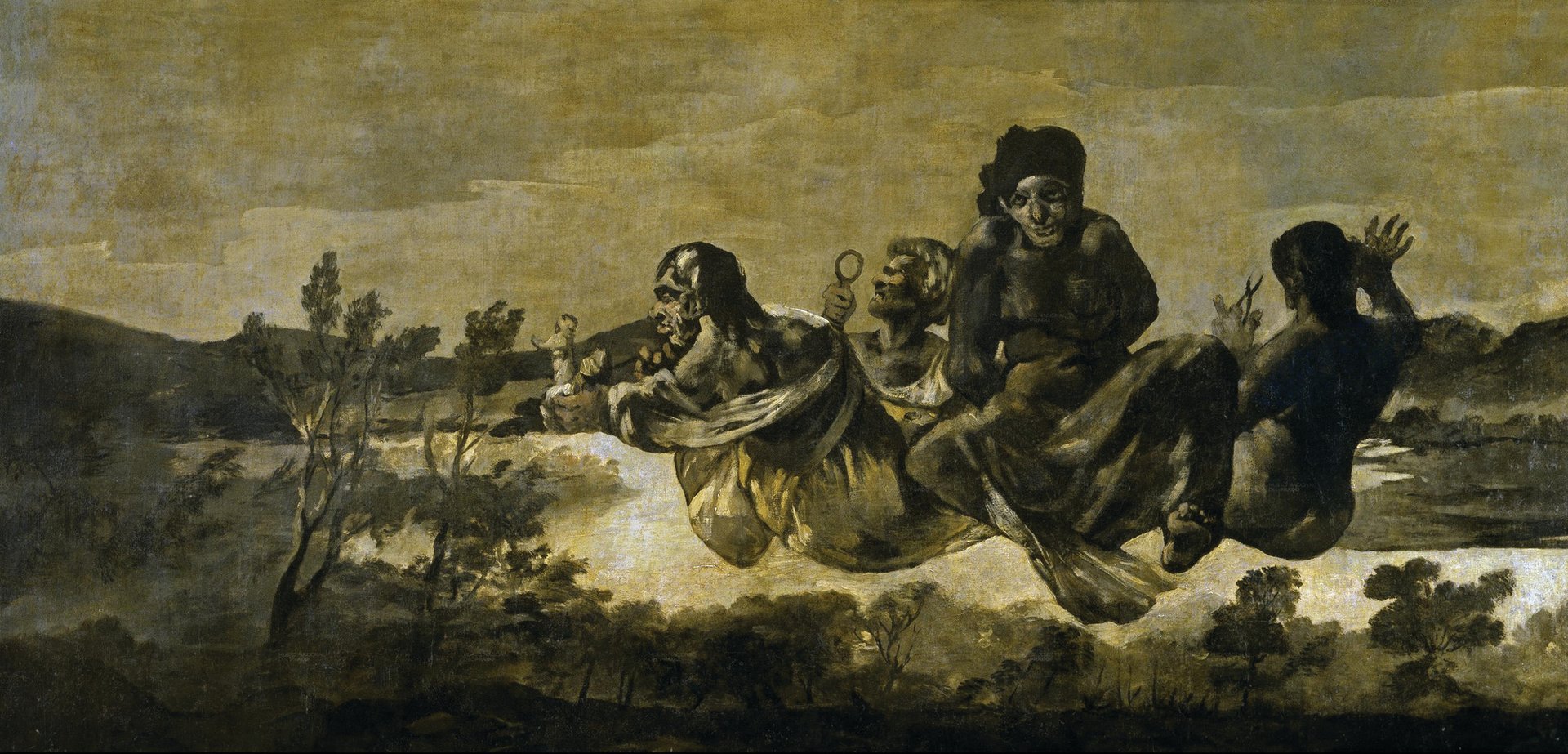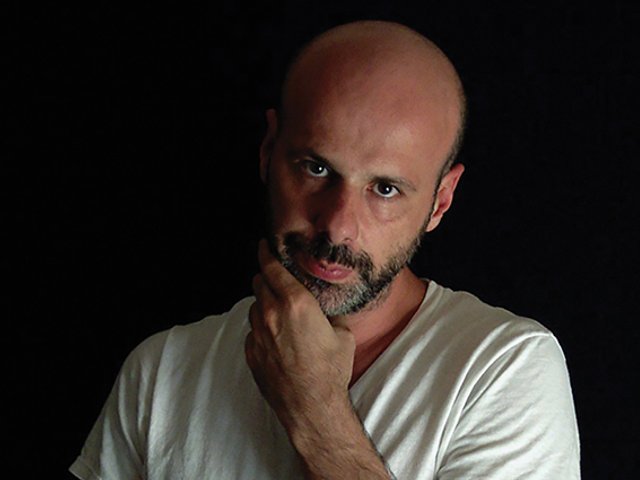For the biggest exhibition of his career, which is due to open in Doha, Qatar, later this month, Luc Tuymans has made a new group of paintings that address, if obliquely, Isil’s atrocities in the Middle East. In creating the works, he turned to one of the greatest painters of violence in the history of art: Francisco Goya.

Tuymans’s three new paintings, called The Arena, are based on two earlier works: a diorama made in 1978, which was one of his first mature works, and a film he made of the diorama a few years later. The Belgian painter, speaking in London, where he has organised an exhibition of Belgian abstraction at Parasol Unit (until 6 December), says that seeing Goya’s menacing Black Paintings in the Museo Nacional del Prado in Madrid prompted him to return to these works and, through them, to conjure the spectre of Isil and wider questions of displaced peoples and systematic violence.
Opening a can of worms When Tuymans first visited Doha in preparation for the exhibition, he was presented with a conundrum. Sheikha Al-Mayassa al-Thani, the chair of Qatar Museums, asked the Belgian painter “to make something specific about the region”, he recalls. “To which I replied that it was quite difficult, because it is like opening a can of worms.”
Given Tuymans’s track record of sardonic political commentary in paintings, his response was understandable. “I decided then to make a batch of new work, which is called The Arena.” Rather than being “about the region”, the paintings are “for the region”, he says.
Tuymans pondered how to respond to the sheikha’s challenge for some time. After he had “run through all the imagery one can think of relating to the Middle East”, the idea finally came to him in unlikely circumstances, when, two Christmases ago, he was visiting friends in Madrid.
“I went, of course, to the Prado and to see the Black Paintings of Goya again,” he says. Atropos (1819-23), a painting that depicts the goddesses of destiny, including the titular goddess of death, floating in a barren landscape, caught his eye. “I got it on the spot… in front of that one painting,” he says.
The memory triggered by the work was that of Tuymans’s own early diorama, featuring paint on cardboard with “a collage of photographs of boat people, out of a magazine from 1942”, he says. It “implies an arena, like a Roman arena”, and is his earliest reference to “the idea of violence and mutilation”.
If Tuymans’s works do not quite evoke “the clear gruesomeness” that he admires in the Black Paintings, they do contribute to what he calls “the ongoing story of violence and ignorance” that Goya so memorably captured.
The Belgian artist’s show in Doha, which is due to open at the QM Gallery Al Riwaq on 20 October, follows shows dedicated to Takashi Murakami, Damien Hirst and Richard Serra.
Al-Thani and her husband, Sheikh Jassim bin Abdulaziz al-Thani, invited Tuymans because he was “more complicated”, the artist says. “There will always be a clear line of danger and that is the thing that Doha will also inevitably represent, and that’s something that the sheikh and sheikha clearly understood: the idea that the work is not joyful, that it has an earthiness, but it’s embedded. It’s also clearly from northern Europe.”
That earthy quality was what the sheikh responded to, Tuymans said, after seeing images of the paintings online. “He immediately made contact with my dealer David Zwirner in New York and then, a month later, he and the sheikha were at my studio.” The sheikh also responded to Tuymans’ paintings addressing “long-term memory, and then, of course, there is also an element of politics that goes with it”.
Tuymans has been impressed by his dealings with the Qatari royal family. “There is this clear educational agenda, which especially the sheikha has, that I also find admirable,” he says. “You could say it’s naive, but on the other hand, there is an openness and straightforwardness in how they project that. And she really wants to work not with the dealers, not with museum people, but directly with the artist, so the demand comes direct—it’s personified.”



